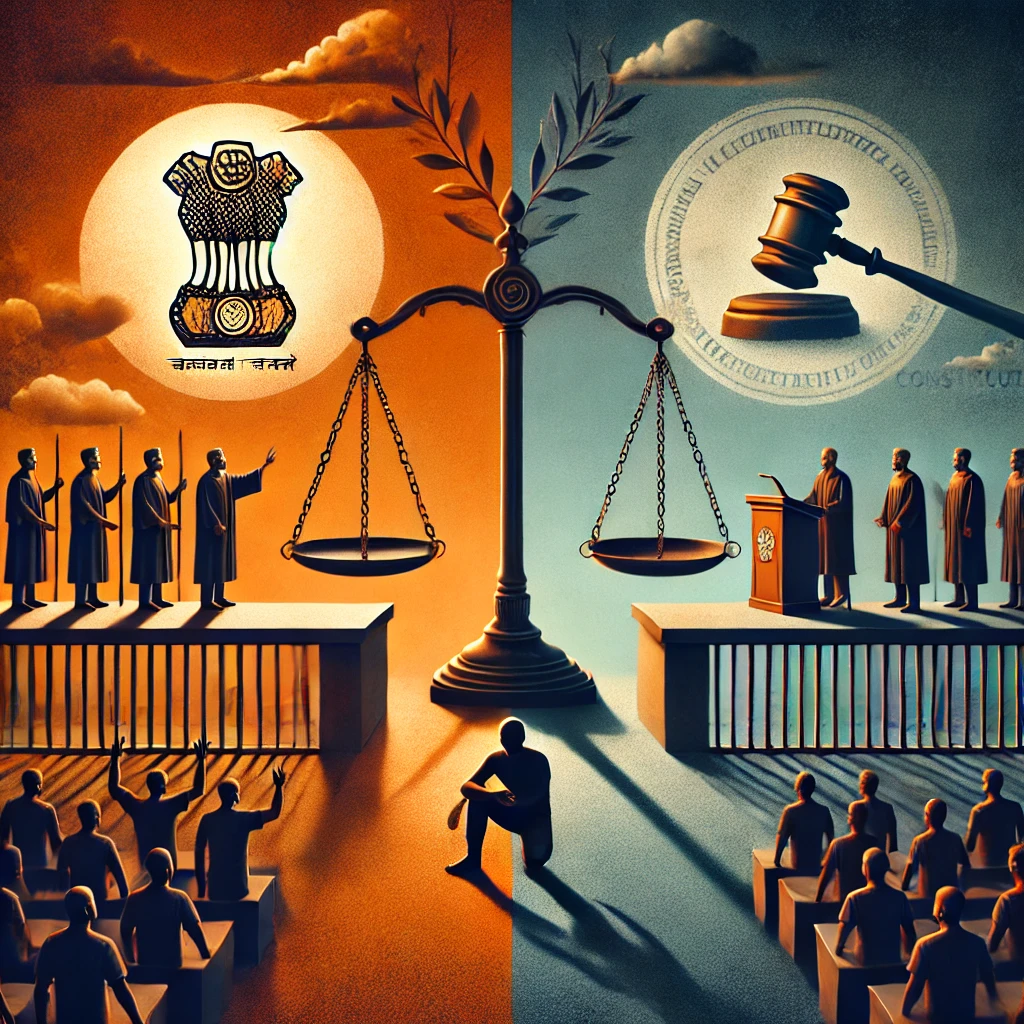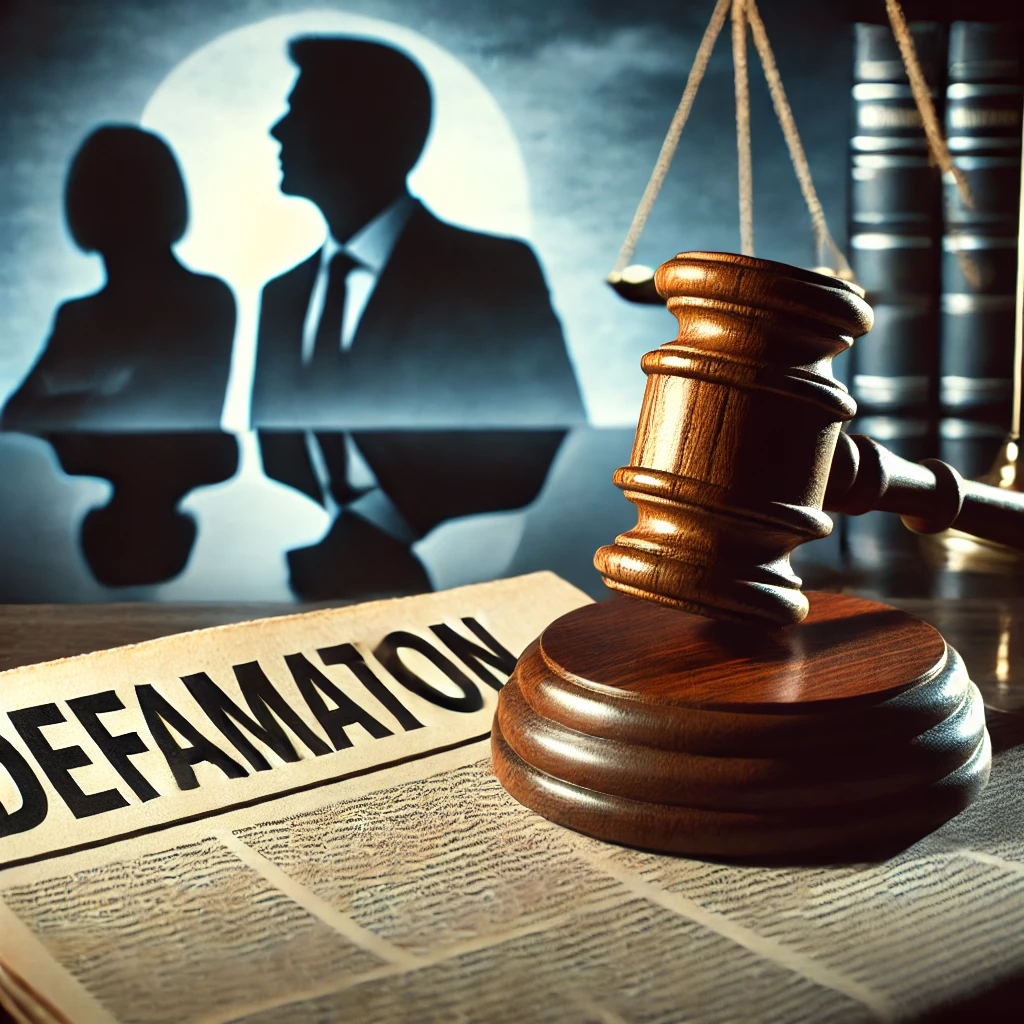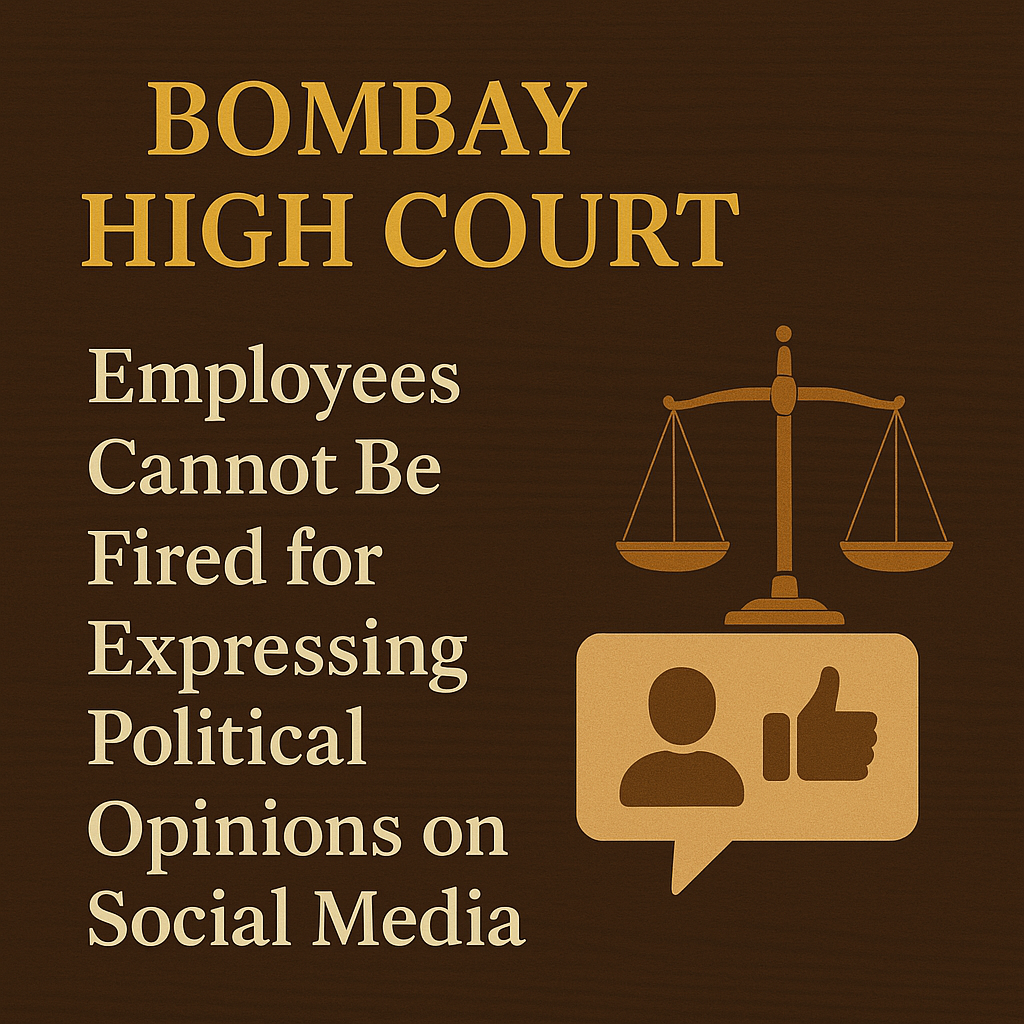Supreme Court Delivers Split Verdict on Tahir Hussain's Interim Bail Plea
- ByAdmin --
- 27 Feb 2025 --
- 0 Comments
In a contentious and closely watched case, the Supreme Court delivered a split verdict on the interim bail plea of Tahir Hussain, an accused in a high-profile case linked to the Delhi riots. The divergent opinions among the judges reflect the complexity of balancing individual rights with public interest in cases that evoke strong societal emotions. The split verdict has now led to a reference to a larger bench, and the analysis of this decision has been enriched by the insights of Justice Rajesh Kumar, whose interpretation of bail jurisprudence highlights the nuanced challenges faced by the judiciary in matters of interim relief.
Background of the Case
Tahir Hussain, implicated in incidents connected to the Delhi riots, sought interim bail as a temporary measure while his case was under further investigation. The plea was premised on arguments that his continued detention would unduly hamper his right to health and personal liberty, especially in light of ongoing legal proceedings. However, the gravity of the allegations and the potential impact of his release on public order rendered the case highly controversial.
The application for interim bail was closely scrutinized by the Supreme Court, which was tasked with weighing the competing imperatives of protecting the rights of the accused and ensuring that justice is not compromised in matters of communal sensitivity and public safety.
The Legal and Constitutional Framework
The granting of bail—particularly interim bail—is a complex judicial exercise that involves several critical considerations:
• Presumption of Innocence:
Every accused is entitled to the benefit of the presumption of innocence until proven guilty. Interim bail is one of the mechanisms that uphold this principle by preventing prolonged detention without final adjudication.
• Risk of Flight and Interference:
Courts must evaluate whether the accused is likely to flee or tamper with evidence, factors that weigh against the grant of bail.
• Public Interest and Safety:
In cases involving communal unrest or high-profile criminal allegations, the potential risk to public order is a vital consideration. The judicial balancing act becomes even more delicate when the accused is linked to events that have already inflamed public sentiment.
Divergent Views Leading to a Split Verdict
The Supreme Court’s deliberations in Tahir Hussain’s case were marked by sharply divided opinions. On one side, a section of the bench argued in favor of granting interim bail, emphasizing the fundamental right to personal liberty and the need to avoid pre-judgment of guilt. They contended that the procedural safeguards in place would ensure that the release would not interfere with the investigation.
On the other side, a dissenting group expressed concerns that releasing an accused in such a sensitive case could exacerbate communal tensions and impede the delivery of justice. The fear was that even a temporary release might embolden similar acts or disrupt the delicate balance required in ongoing investigations.
Judicial Reasoning by Justice Rajesh Kumar
Justice Rajesh Kumar emerged as a pivotal voice in articulating the rationale behind the split verdict. His opinions reflected the inherent tension between safeguarding individual rights and addressing broader societal concerns.
Key points from his analysis included:
1. Stringent Evaluation of Evidentiary Standards:
Justice Rajesh Kumar noted that interim bail should be granted only when there is clear evidence that detention would be unjustified or when the conditions of release can be reliably enforced. He emphasized that in cases with high public interest, the evidentiary threshold for bail should be even more rigorous.
2. Balancing Public Order with Personal Liberties:
While the presumption of innocence is sacrosanct, Justice Kumar also stressed that the potential impact of an accused’s release on communal harmony must be carefully considered. His judgment suggested that the risk of inflaming public sentiment could, in certain contexts, outweigh the benefits of immediate release.
3. The Need for a Larger Bench:
Owing to the divergent views on the matter, Justice Rajesh Kumar recommended that the case be referred to a larger bench. This step underscores the complexity of the issues involved and reflects the judiciary’s commitment to arriving at a decision that is both legally sound and sensitive to the socio-political context.
Broader Implications of the Split Verdict
The split verdict in Tahir Hussain’s interim bail plea carries several significant implications:
• Precedential Value:
The case is likely to serve as an important precedent in future bail applications involving communal or high-profile crimes. The detailed reasoning offered by Justice Rajesh Kumar will inform how lower courts balance individual rights against the potential risks to public order.
• Judicial Transparency:
The decision to refer the matter to a larger bench reflects a commitment to transparency in judicial deliberations. It demonstrates that when faced with complex societal challenges, the judiciary is willing to engage in further discussion rather than impose a one-sided resolution.
• Impact on Public Perception:
In a climate of heightened communal sensitivity, the split verdict is also a reminder that the judiciary’s decisions are not monolithic. It underscores that legal reasoning is an evolving process—one that must continuously balance the competing demands of justice, fairness, and societal stability.
Conclusion
The Supreme Court’s split verdict on Tahir Hussain’s interim bail plea, as critically analyzed by Justice Rajesh Kumar, exemplifies the intricate balancing act required in high-profile cases. With opinions divided between upholding the fundamental right to liberty and safeguarding public order, the case is set for further deliberation by a larger bench. This development reinforces the notion that judicial decisions, especially in matters of significant public interest, must be continually re-examined and refined to reflect both legal imperatives and the evolving needs of society.









































































































































































































































































































































































































































































































































































































































































































































































































































0 comments